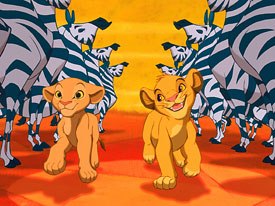Animation is a mesmerizing art form that has evolved dramatically over the years, transitioning from humble beginnings with traditional hand-drawn techniques to the cutting-edge world of computer-generated imagery (CGI). The journey from pencils to pixels is a testament to the boundless creativity and technological innovation that continue to shape the animation industry.
The Early Days of Animation: Pencils and Persistence
In the early days of animation, artists painstakingly created each frame by hand, sketching characters and scenes on paper using pencils and ink. This process required an immense amount of time, patience, and precision. One of the pioneers of animation, Walt Disney, introduced groundbreaking techniques in the 1920s, giving birth to beloved characters like Mickey Mouse and ushering in the era of character-driven storytelling.
The Rise of Technicolor and Cell Animation
The introduction of color to animation marked a significant milestone in its evolution. Technicolor brought vibrancy and depth to the screen, captivating audiences with richly hued worlds. Concurrently, the development of the multiplane camera allowed for multi-dimensional movement, adding a new layer of visual complexity to animated films. This era also saw the advent of cel animation, where characters and backgrounds were drawn on separate transparent sheets, enabling more efficient production and dynamic compositions.
Enter the Digital Age: From Hand-Drawn to Computer-Generated
The transition from hand-drawn animation to computer-generated imagery was a revolutionary leap that expanded the possibilities of animation. Films like “Toy Story” (1995) marked a turning point, showcasing the potential of CGI to create lifelike characters and environments. With computers taking over the labor-intensive aspects of animation, artists could now focus on refining storytelling, character development, and visual aesthetics.
Art Meets Technology: The Fusion of Traditional and Digital
As technology continued to advance, a fascinating trend emerged: the fusion of traditional and digital techniques. Studios like Studio Ghibli demonstrated the enduring beauty of hand-drawn animation in films like “Spirited Away,” while integrating digital tools for efficiency. This hybrid approach honors the legacy of animation’s past while embracing the possibilities of its future.
